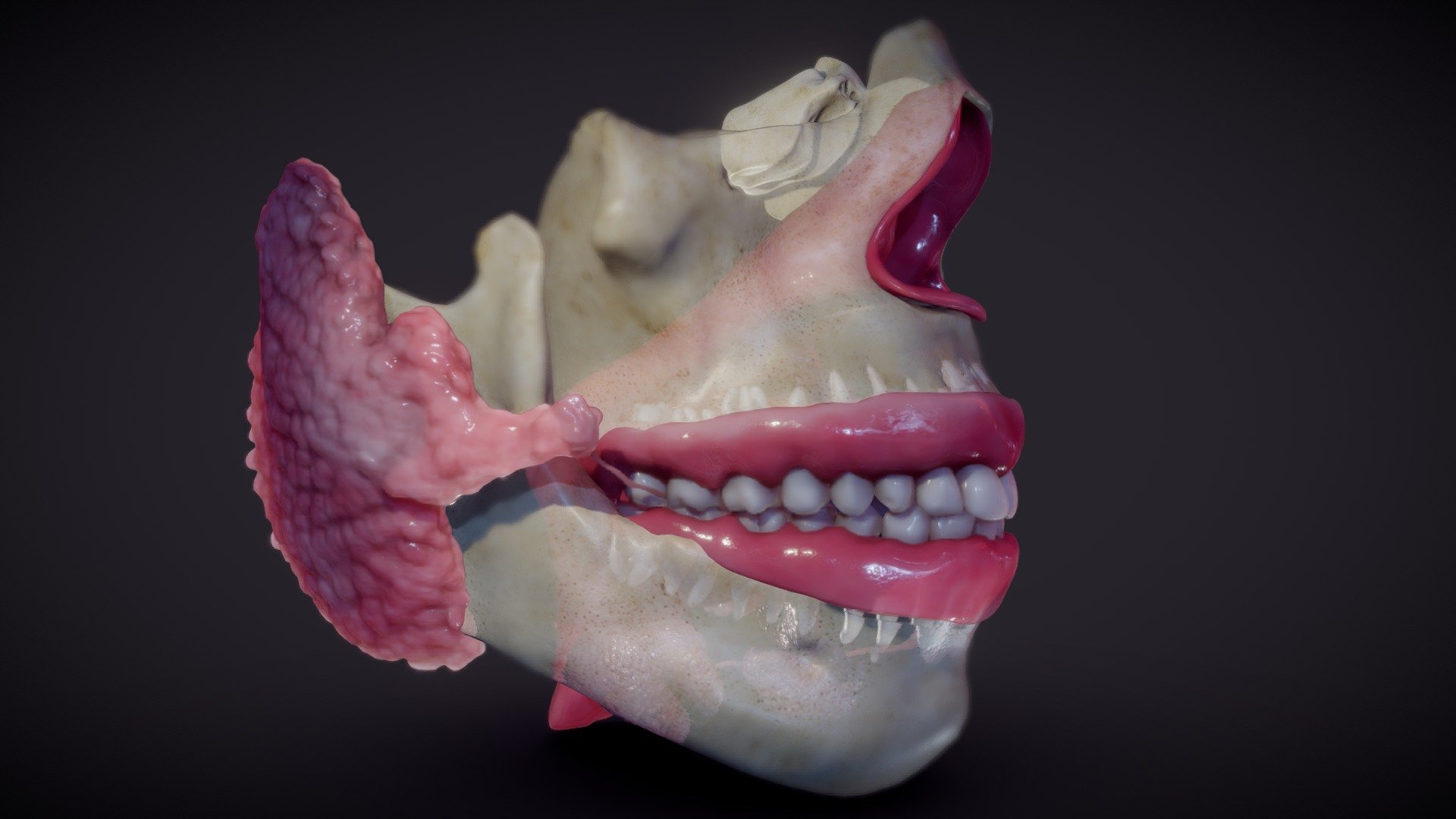
The parotid gland is a fascinating and essential component of the human anatomy. Nestled near the ear and extending down towards the jawline, this gland plays a crucial role in the production and secretion of saliva. While it may seem like a small and insignificant part of the body, the parotid gland holds many intriguing secrets.
In this article, we will uncover eight unbelievable facts about the parotid gland. From its unique structure to its remarkable functions, you will be amazed at what this small gland is capable of. So, let’s dive into the world of the parotid gland and uncover the hidden wonders that lie within!
Key Takeaways:
- The parotid gland is the largest salivary gland, producing over 25% of saliva, aiding in digestion and dental health. It can be affected by tumors and sour foods can stimulate its activity.
- The parotid gland plays a crucial role in digestion and dental health, but can also be affected by tumors and infections, leading to facial asymmetry. Sour foods can stimulate its activity, increasing saliva production.
The Largest Salivary Gland in the Human Body
Did you know that the parotid gland is the largest of the three pairs of salivary glands in the human body? It is located at the back of the jaw, near the ears, and plays a crucial role in the production of saliva.
A Marvel of Innervation
The parotid gland receives its nerve supply from the glossopharyngeal nerve, which is responsible for carrying sensory and motor signals to this important gland. The intricate network of nerves ensures proper functioning and regulation of saliva production.
Produces Over 25% of Total Saliva
The parotid gland is a true powerhouse when it comes to saliva production. In fact, it is estimated to produce over 25% of the total saliva in the human body. This abundant secretion of saliva helps in the initial breakdown of food during the process of digestion.
A Source of Enzymes
The parotid gland secretes a vital enzyme called alpha-amylase, which plays a crucial role in the digestion of carbohydrates. This enzyme breaks down complex carbohydrates into simpler forms, aiding in their absorption and utilization by the body.
A Potential Site for Tumors
While the parotid gland is usually a well-functioning part of our anatomy, it can also be susceptible to tumor development. Parotid gland tumors, although rare, can be benign or malignant and may require medical intervention, including surgical removal.
Helps Maintain Dental Health
The parotid gland secretes saliva, which not only aids in digestion but also helps maintain dental health. Saliva helps to wash away food particles, neutralizes acids, and provides minerals that promote tooth remineralization, protecting against tooth decay.
Affects Facial Symmetry
The parotid gland is positioned in close proximity to the facial nerve. In cases of inflammation or infection, such as mumps, the parotid gland can become swollen, leading to facial asymmetry. This condition is characterized by a noticeably larger cheek or jaw on one side of the face.
Can be Stimulated by Sour Foods
One interesting fact about the parotid gland is that it can be stimulated by the consumption of sour foods. The sour taste triggers the production and release of saliva, temporarily increasing the activity of the parotid gland.
Conclusion
In conclusion, the parotid gland is a fascinating and vital part of the human anatomy. Its location, size, and function make it a key player in the intricate system that is our body. Understanding the various facts about the parotid gland can help us appreciate its importance and the role it plays in our overall health and well-being.
FAQs
Q: What is the parotid gland?
A: The parotid gland is the largest of the salivary glands and is located in front of the ear, behind the jawbone.
Q: What is the function of the parotid gland?
A: The main function of the parotid gland is to produce saliva, which aids in digestion and lubricates the mouth.
Q: Can the parotid gland get infected?
A: Yes, the parotid gland can become infected, leading to a condition known as parotitis. This can cause swelling, pain, and difficulty in swallowing.
Q: Are there any disorders associated with the parotid gland?
A: Yes, there are various disorders that can affect the parotid gland, including salivary gland stones, tumors, and autoimmune disorders.
Q: How is a parotid gland disorder diagnosed?
A: A parotid gland disorder is typically diagnosed through a combination of physical examination, imaging tests, and in some cases, a biopsy.
Q: Can the parotid gland be removed?
A: In certain cases, such as the presence of tumors or chronic infections, surgical removal of the parotid gland may be necessary.
Q: Are there any ways to keep the parotid gland healthy?
A: Maintaining good oral hygiene, staying hydrated, and avoiding tobacco and alcohol can help keep the parotid gland healthy.
Q: Is it common to have problems with the parotid gland?
A: While parotid gland disorders are not extremely common, they can occur and should be addressed by a medical professional if symptoms arise.
Was this page helpful?
Our commitment to delivering trustworthy and engaging content is at the heart of what we do. Each fact on our site is contributed by real users like you, bringing a wealth of diverse insights and information. To ensure the highest standards of accuracy and reliability, our dedicated editors meticulously review each submission. This process guarantees that the facts we share are not only fascinating but also credible. Trust in our commitment to quality and authenticity as you explore and learn with us.
